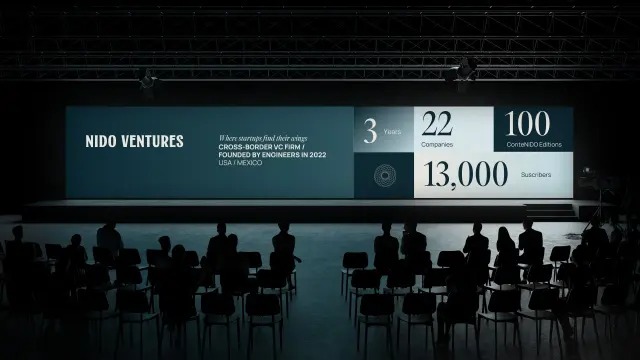Ransomware-as-a-Service: Top Cyber Threat in 2025
Ransomware-as-a-Service (RaaS) is now the dominant model for global cyberattacks. Learn how it's evolving and what defenders must do to keep up in 2025.
Ransomware Threat 2025
Ransomware-as-a-Service (RaaS) has exploded in scale, accessibility, and sophistication, becoming the preferred cyberattack method across industries. In 2025, understanding the RaaS model is no longer optional — it's essential for cybersecurity preparedness.
-
What Is Ransomware-as-a-Service (RaaS)?
RaaS operates like a legitimate SaaS platform. Developers build ransomware tools and lease them to affiliates who conduct attacks. Profits are shared, usually through a revenue split model.
-
Lower Barriers to Entry
In 2025, even novice cybercriminals can launch devastating attacks without coding skills. RaaS platforms offer dashboards, customer service, tutorials, and even marketing kits.
-
Marketplace Expansion
The dark web hosts marketplaces where RaaS kits can be rented for a few hundred dollars. Some providers guarantee success or provide refunds, mimicking legitimate business practices.
-
Affiliates and Franchising
RaaS syndicates operate in a franchise model — spreading risk and expanding reach. These affiliates often localize attacks, targeting regional industries or public services.
-
AI-Driven Ransomware
In 2025, RaaS kits are enhanced by AI. Automated reconnaissance, vulnerability scanning, and dynamic payload adaptation increase infection rates and reduce detection.
-
Double and Triple Extortion
Attackers not only encrypt data but also steal it, threatening public leaks. Triple extortion adds pressure by attacking partners or customers of the original target.
-
Targeting SMEs and Supply Chains
Small and mid-sized businesses are prime targets due to weaker defenses. RaaS attackers increasingly target supply chains, aiming to paralyze upstream or downstream providers.
-
Notable 2025 RaaS Groups
New players have emerged alongside known entities like LockBit. Groups like VoidHunter, QuantumStrike, and BlackPython use RaaS platforms to deploy novel variants.
-
Ransom Payment Trends
Cryptocurrency remains the payment medium of choice. Monero is preferred due to its anonymity features. Victims are often forced to negotiate via RaaS-provided chat portals.
-
RaaS and Critical Infrastructure
Healthcare, energy, and public transit systems remain high-value targets. Attacks in early 2025 disrupted hospital networks in Asia and rail systems in Europe.
-
Government Response in 2025
International task forces have ramped up efforts. Interpol, Europol, and U.S. Cyber Command are collaborating on takedowns, but RaaS groups quickly rebrand and resurface.
-
Cyber Insurance and RaaS
Insurers are becoming stricter. Many require advanced threat protection, segmentation, and continuous backups to approve coverage. Some now exclude ransom payouts altogether.
-
Legal and Ethical Dimensions
Paying ransom is legally ambiguous in many jurisdictions. In 2025, new laws penalize organizations that fail to report ransomware incidents or pay sanctioned groups.
-
Zero Trust as a Defense
Zero Trust Architecture (ZTA) is a critical defense. Organizations must authenticate every user and device continuously, rather than assuming internal trust.
-
Behavioral Monitoring Tools
Modern endpoint detection solutions use behavioral analytics to flag ransomware early. These tools now incorporate AI for real-time anomaly detection.
-
Employee Awareness
Phishing remains a top entry vector. RaaS affiliates use convincing lures like fake invoices or LinkedIn messages. Employee training is still the frontline defense.
-
Backup Strategies
Immutable backups stored offline or in air-gapped environments are key. Continuous data snapshots and geo-redundant storage help mitigate ransom scenarios.
-
Tabletop Exercises and IR Plans
Incident Response (IR) drills should simulate RaaS-specific scenarios. Testing payment decision workflows and media communication strategies is essential.
-
Cyber Threat Intelligence (CTI)
Sharing indicators of compromise (IoCs) across industries can reduce dwell time and prevent repeat attacks. CTI platforms now feature real-time RaaS signature feeds.
-
The Role of MSSPs
Managed Security Service Providers are essential for small firms. MSSPs monitor traffic, filter phishing, and offer 24/7 response, leveling the playing field.
-
Looking Ahead
RaaS will likely evolve into “Malware-as-a-Service” bundles — offering full suites of tools for infection, data exfiltration, and destruction.
-
Proactive Action Is Key
Every organization must assume it’s already a target. Proactive defenses, early detection, and swift containment are the new minimum standards in 2025.






























